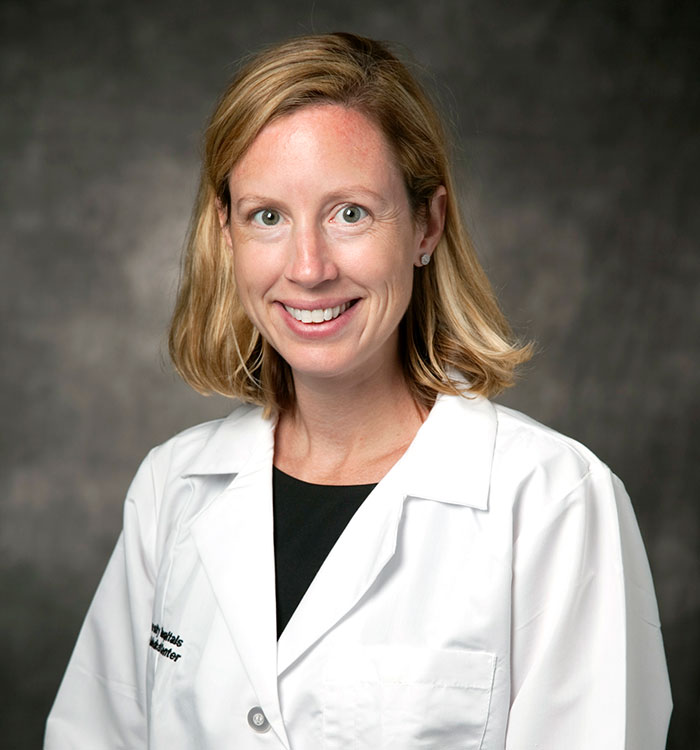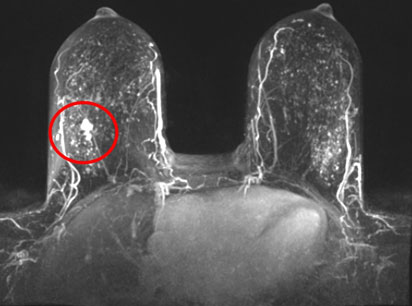An Early Adopter of Abbreviated Breast MRI, UH Posts Noteworthy Early Results
February 10, 2021
Program has identified 19.9 breast cancers per 1,000 studies
Innovations in Cancer | Winter 2021
University Hospitals established an abbreviated breast MRI program as a supplement to screening mammography in February 2018 -- one of the first centers in the country to do so. After three years, more than 2,000 abbreviated breast MRIs have been performed, with the service now available at 10 UH locations.
 Holly Marshall, MD
Holly Marshall, MD“Abbreviated breast MRI overcomes the limitations of cost and scanner time when considering screening patients at average or slightly elevated risk,” says Holly Marshall, MD, Division Chief of Breast Imaging at UH Cleveland Medical Center and Assistant Professor of Radiology at Case Western Reserve University School of Medicine. “It's particularly good for patients who have dense breast tissue. It’s important to note, however, that it's still supplemental, so it's in addition to screening mammography.”
 Abbreviated breast MRI for dense breast tissue.
Abbreviated breast MRI for dense breast tissue.Demand among UH patients for abbreviated breast MRI has been great, she says.
“We fill our spots far in advance,” Dr. Marshall says. “We’ve plateaued a bit lately in volume, but that’s because all of our spots are taken.”
An abbreviated breast MRI at UH takes about 10 minutes and does use intravenous contrast. It is a self-pay option for patients with a physician’s order, at a cost of $250. Schedulers typically schedule three abbreviated breast MRIs in the same time it takes to schedule one full protocol study.
One-year data show that the abbreviated breast MRI program at UH has identified 19.9 breast cancers per thousand studies, Dr. Marshall says.
“That’s really, really good,” she says. For comparison, a prospective, multi-institutional study published last February in JAMA showed that abbreviated breast MRI detected 11.8 cancers per thousand studies.
Dr. Marshall and Donna Plecha, MD, Chair of Radiology at UH Cleveland Medical Center, Professor of Radiology and Pathology at the School of Medicine and a breast imaging specialist, recently described the UH program and their two-year experience in the Journal of Breast Imaging. One important factor behind the success of the program, Dr. Marshall says, is its accessibility.
“Unlike other centers that offer it, we don't gate keep it,” she says. “We don't tell patients that they cannot have the study unless they have dense breasts. We offer this study to everyone. If that's something that the patient and the patient's physician decide, or the patient wants to have it, then the patient can have the study.”
Effective communication with referring clinicians who refer for screening mammography, as well as patients, is also key to a successful abbreviated breast MRI program, she says.
“We did a lot of education in the beginning of the referring physicians, she says. “An involved and cooperative marketing department helped to create a patient-friendly video explaining abbreviated breast MRI, which was also included on the website. A dedicated brochure was created for patients, clinician offices, and breast center waiting rooms. Physician pocket reference cards were created for the referring clinicians. I think communication throughout our system and to patients have been key to implementing our abbreviated breast MRI program.”


